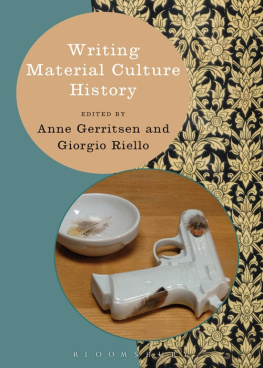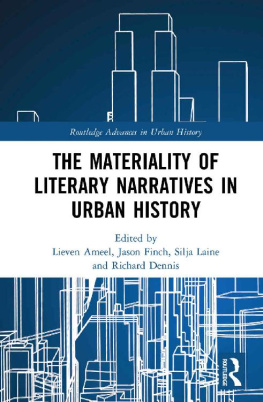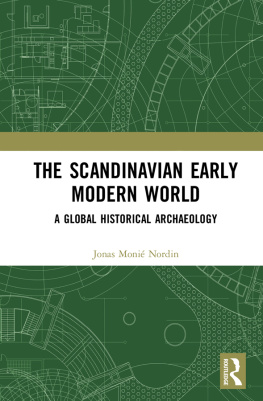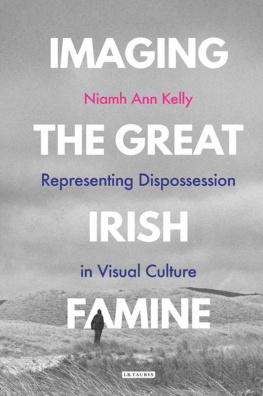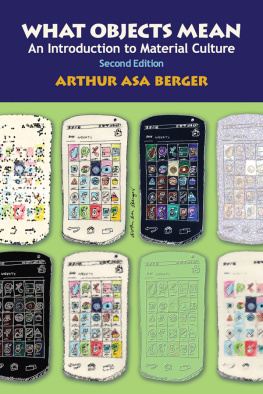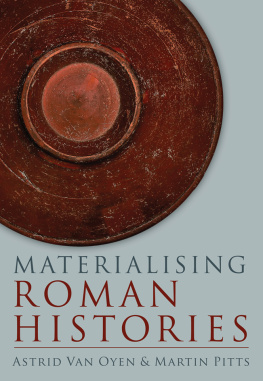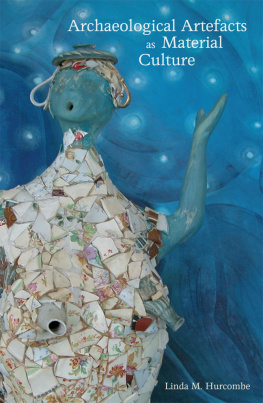WRITING HISTORY
Published:
Writing History (second edition), Heiko Feldner, Kevin Passmore and Stefan Berger
Writing Medieval History, edited by Nancy F. Partner
Writing Early Modern History, edited by Garthine Walker
Writing Contemporary History, edited by Robert Gildea and Anne Simonin
Writing Gender History (second edition), Laura Lee Downs
Writing Postcolonial History, Rochona Majumdar
Writing the Holocaust, edited by Jean-Marc Dreyfus and Daniel Langton
Writing the History of Memory, edited by Stefan Berger and Bill Niven
Forthcoming:
Writing the History of Crime, Paul Knepper (2015)
Writing the History of Empire, Alexei Miller (2015)

CONTENTS
Anne Gerritsen and Giorgio Riello
Viccy Coltman
Kee Il Choi Jr.
Catherine Richardson
David Gaimster
Suzanne Findlen Hood
Kaori OConnor
Kathleen M. Adams
Dana Leibsohn
Anne Gerritsen and Giorgio Riello
Christina Hellmich
Sandra Cavallo
Flora Dennis
Ann Smart Martin
John Styles
Ulrich Lehmann
Victoria Kelley
Manuel Charpy
Ethan W. Lasser
Lesley Ellis Miller
John McAleer
Jessica Hallett and Raquel Santos
Carolyn Sargentson
Dinah Eastop
Glenn Adamson
Hannah Greig
Kathleen M. Adams, Professor, Department of Anthropology
Loyola University Chicago, USA
Glenn Adamson, Director
Museum of Art and Design (MAD), New York, USA
Sandra Cavallo, Professor, Department of History
Royal Holloway, University of London, UK
Manuel Charpy, Researcher, CNRS Institut de Recherches Historiques du Septentrion
Universit de Lille 3, France
Kee Il Choi, Jr. Art Consultant and Historian
New York, USA
Viccy Coltman, Senior Lecturer, School of Art History
University of Edinburgh, UK
Flora Dennis, Senior Lecturer in Art History
University of Sussex, UK
Dinah Eastop, Curatorial Research Fellow, Collection Care Department
The National Archives, Kew, UK
Lesley Ellis Miller, Senior Curator, Furniture, Textiles and Fashion Department
Victoria and Albert Museum, London, UK
Suzanne Findlen Hood, Curator of Ceramics and Glass
The Colonial Williamsburg Foundation, Virginia, USA
David Gaimster, Director
Hunterian Museum, Glasgow, UK
Anne Gerritsen, Reader in Chinese History, Department of History
University of Warwick, UK
Hannah Greig, Lecturer, Department of History
University of York, UK
Jessica Hallett, Historian of Islamic Art and Researcher
Portuguese Centre for Global History (CHAM), Lisbon, Portugal
Christina Hellmich, Curator in Charge, Arts of Africa, Oceania and The Americas and the Jolika Collection of New Guinea Art
deYoung Museum, San Francisco, USA
Victoria Kelley, Reader and Senior Lecturer
University for the Creative Arts, Rochester, UK
Central Saint Martins College of Art and Design, University of the Arts London, UK
Ethan W. Lasser, Margaret S. Winthrop Associate Curator of American Art
Harvard Art Museums, USA
Ulrich Lehmann, Professor
University for the Creative Arts, Canterbury, UK
Dana Leibsohn, Priscilla Paine Van der Poel Professor of Art
Smith College, USA
John McAleer, Lecturer, Department of History
University of Southampton, UK
Ann Smart Martin, Stanley and Polly Stone Professor in Art History, Director of Material Culture Program
University of Wisconsin-Madison, USA
Kaori OConnor, Senior Research Fellow, Department of Anthropology
University College London, UK
Catherine Richardson, Reader in Renaissance Studies, School of English
University of Kent, Canterbury, UK
Giorgio Riello, Professor of Global History, Department of History
University of Warwick, UK
Raquel Santos, PhD Student and Assistant Researcher
Portugnese Centre for Global History (CHAM), Lisbon, Portugal
Carolyn Sargentson, Honorary Senior Research Fellow
Victoria and Albert Museum, London, UK
John Styles, Research Professor in History, School of Humanties
University of Hertfordshire, UK
Claire Tang, PhD Student, Department of History
University of Warwick, UK
Anne Gerritsen and Giorgio Riello
Why things?
Just a few years ago, historians would have been sceptical about the value of engaging with objects or artefacts. The expression material culture was equally alien to historical studies and mostly confined to the realm of the investigation of the remote past (pre-historical and ancient) or non-Western societies. Today we speak instead of a material turn in history. On both sides of the Atlantic as well as in many parts of Australasia, historians seem to have experienced a Damascene conversion to material culture. And this is not just limited to historical research. At some institutions, students are now introduced to artefacts as readily as to manuscript and printed sources. History textbooks inevitably contain chapters dedicated to visual and material cultures.
This book is intended as a guide for students and teachers to understanding this new role played by material culture in history. We, as historians, are not the first to address this issue and we approach it with a particular view on how and why our field might benefit from an engagement with material objects.
But what is material culture? The term material culture is defined in different ways depending on
Meaning is a rather opaque concept. It emerges from the relationship between objects and people, but such relationships exist at the personal and individual level as much as they do at the public and collective level. For example, the childrens toys scattered on the floor in the front lounge serve as a first indication that children live in the house. These might have very different meanings: for the children who play with them, the parents who bought them, the friends who gifted them, never mind the producers and sellers of the items. Such toys can then be seen as tokens of affection that bind parents and children in a specific time and place. For the child, however, they might be treasured for very different visual and tactile properties that are appealing to a child, which in turn create a different set of meanings and memories. The toys scattered on the floor are therefore not just material objects but they point at the affective, social, cultural and economic relationships that form our lives.
This present-day example is useful for us to ask more historical questions: were there toys in a similar Objects themselves are not simple props of history, but are tools through which people shape their lives.
The simple acknowledgement that objects can serve as a way of understanding and appreciating the past, does not necessarily explain why and how historians should engage with them. There are many fine historical accounts that do not consider either objects or material culture. The engagement and usefulness of material culture depends on the questions that we ask. A researcher interested in analysing the historical process of imitation, usually between people from different social and cultural classes, also referred to as emulation, might well benefit from including in his or her study the objects and materials that formed part of this process. A scholar interested in the philosophical thought of Hegel, however, might find little help in engaging with material culture methodologies.

